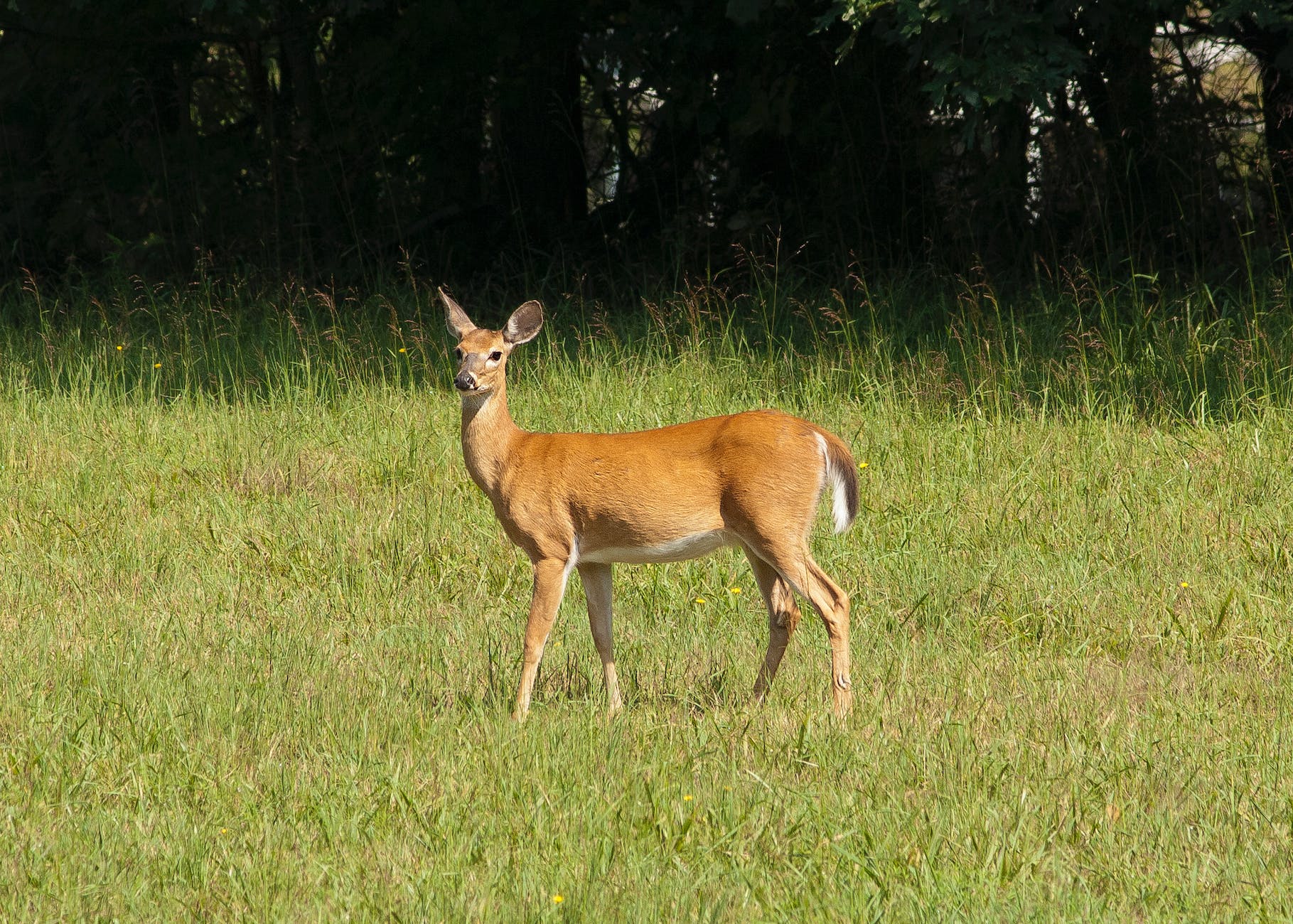The question: Could white-tailed deer be a SARS-CoV-2 reservoir in North America?
A year ago, I wrote an article about white-tailed deer becoming a possible SARS-CoV-2 reservoir in North America. In that study, the researchers showed diverse deer populations having SARS-CoV-2 infections across Northern USA. Contact with humans at wildlife reserves and parks had encouraged viral transmission as the deer were foraging. Although the study raised the possibility of SARS-CoV-2 transmitting back into human populations, the prospect of such events hadn’t been tested.
SARS-CoV-2 evolution among animal populations remains a risk. In fact, Omicron may have arisen from transmission between rodents and humans. It is this danger that has led to the culling of mink and hamster populations because of SARS-CoV-2 outbreaks. While such efforts reduce the virus’s spread, they also show that new SARS-CoV-2 variants commonly arise from animal-to-human transmission. For North America, the white-tailed deer represents one such reservoir. But have they transmitted SARS-CoV-2 back to humans? That’s what researchers from Ontario and Manitoba were seeking to answer in a late 2022 Nature Microbiology publication.
The method: Sampling from white-tailed deer in Ontario
The fall hunting season remains a popular time of year for Americans and Canadians. It also provides a great opportunity for researchers to determine whether SARS-CoV-2 had been infecting herds of white-tailed deer. With that in mind, the researchers first extracted RNA from two kinds of samples: nasal swabs and tissues, and retropharyngeal lymph nodes. The RNA was then tested for SARS-CoV-2 with qPCR to identify deer that were positive for the virus. From three of the positive samples, whole SARS-CoV-2 genomes were sequenced, from where mutations and variants would be identified. Finally, the phenotypes of these viruses during human cell infections and vaccine efficacy were assessed.
Results: a new lineage of SARS-CoV-2 in Ontarian white deer
For two months at the end of 2021, researchers from Ontario obtained a total of 298 samples from 300 white-tailed deer across Southwestern and Eastern Ontario. Of all those samples, 21 of them were positive for SARS-CoV-2. The viral genomes sequenced from this set formed a clade distinct from Omicron and the other variants. Calling it B.1.641, the lineage was characterized by 76 conserved mutations relative to the ancestral SARS-CoV-2 lineage. 51 of those genes were located in ORF1a and 9 of them were present in the spike gene (learn more about the regions of the SARS-CoV-2 genome here). Comparing the sets of mutations observed between B.1.641 and other human and mink SARS-CoV-2 genomes suggested that the virus was evolving with the Ontario deer populations after transmission from mink- and human-derived viruses in Michigan.
What was most concerning in the data, however, was that they also identified a SARS-CoV-2 sequence from a human that was phylogenetically similar to the B.1.641 lineage. The person had known contact with deer a week before experiencing symptoms and wasn’t in contact with anyone positive for SARS-CoV-2 before or after contacting the deer. It provides strong evidence for SARS-CoV-2 animal-human transmission in Ontario. Fortunately, this was the only instance of deer-to-human SARS-CoV-2 transmission identified. Furthermore, the spike proteins of the B.1.641 lineage viruses were successfully neutralized by sera from people vaccinated with two or three doses.
Conclusion and action steps
Throughout the COVID-19 pandemic, we have seen wildlife not only be the likely source of SARS-CoV-2, but also act as a reservoir for the virus’s continued transmission to humans. While the prevalence of SARS-CoV-2 transmission between deer and humans remains low in Ontario, the study shows that such events are possible. Thankfully, none of the SARS-CoV-2 viruses isolated from these deer were able to evade 2 or 3 doses of the SARS-CoV-2 vaccine. However, the results demonstrate that we have to remain vigilant about monitoring wildlife to better understand SARS-CoV-2 evolution and identify novel variants of concern.
Author
-

Paul Naphtali is a seasoned online marketing consultant. He brings to the table three years of online marketing and copywriting experience within the life sciences industry. His MSc and PhD experience also provides him with the acumen to understand complex literature and translate it to any audience. This way, he can fulfill his passion for sharing the beauty of biomedical research and inspiring action from his readers.
View all posts




